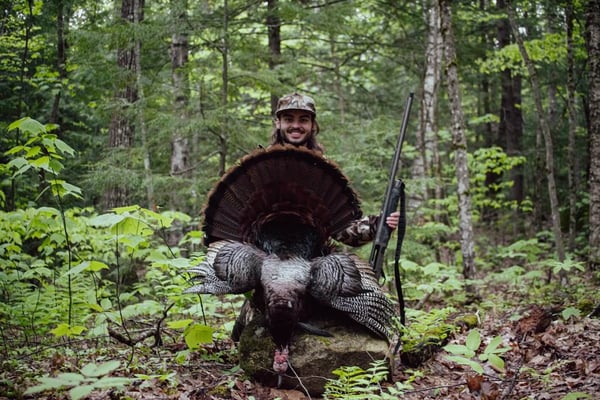- Savage Blog
- Hunting First Aid and Survival Tips in the Field
Hunting First Aid and Survival Tips in the Field
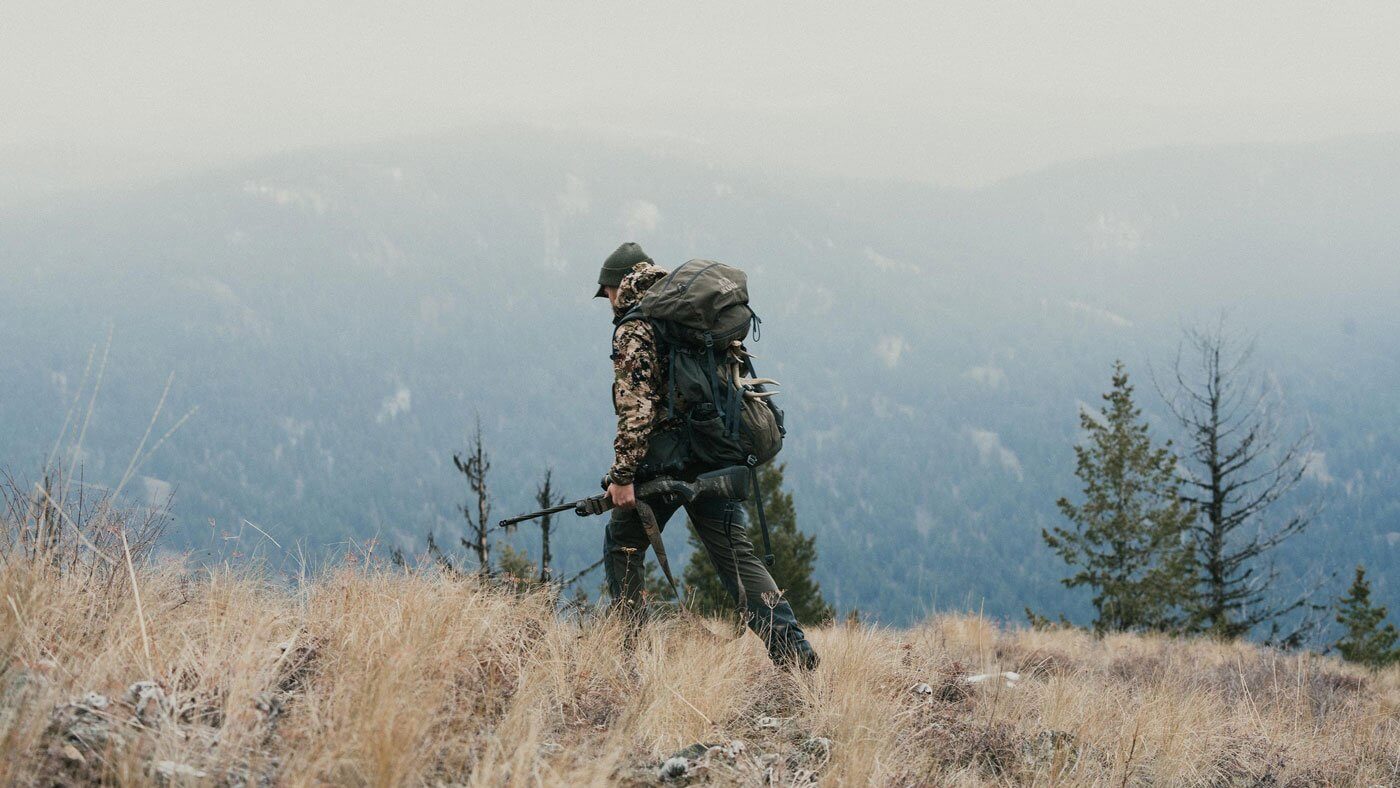
Wes Forbes is a recent Wildlife Management graduate from West Virginia University. In this blog, Wes discusses first aid and survival tips that he has picked up during his time as a Ski Patroller in the mountains of West Virginia, and how those tips can relate and be useful for hunting first aid.
With every trip into the woods, whether you’re going miles into the mountains or driving a side-by-side to a heated tree stand, there is some level of unpredictability. From twisted ankles to life-threatening injuries, we as hunters must be ready for more than just the pursuit. Having a basic knowledge of hunting first aid and responding to emergencies can be just as important as knowing how to shoot or navigate the woods.
When I’m not chasing game in the mountains of West Virginia, I spend my winters working as a ski patroller at a nearby ski resort, where I’m proud to be a member of the National Ski Patrol. This has given me a solid background in outdoor emergency care. I have seen firsthand how preparedness can make a huge difference in the backcountry. There are countless books, videos, and courses, but this guide shares safety, first aid, and basic survival tips that will help you get started. Whether you’re chasing deer through hardwoods or hiking deep into Western backcountry, safety should always be in mind.
1. Build a Field-Ready First Aid Kit
The first step of building your hunting first aid kit is having a place to store it. I recommend using a roll-top dry bag to keep your gear dry and protected. This also makes it easy to toss it in your pack on every hunt. At a minimum, your first aid kit should include:
- Band-aids (various sizes)
- Would closures (butterfly bandages or Steri-Strips)
- Sterile gauze and medical tape
- Alcohol wipes and antibiotic ointment
- Tweezers
- Moleskin for blisters
- Over-the-counter medicine (Ibuprofen, Benadryl, etc.)
- Prescription medication
- Nitrile gloves (good for processing game, too)
- Emergency blanket
- Duct tape
Check your hunting first aid kit before every season and replace anything that is expired or damaged.
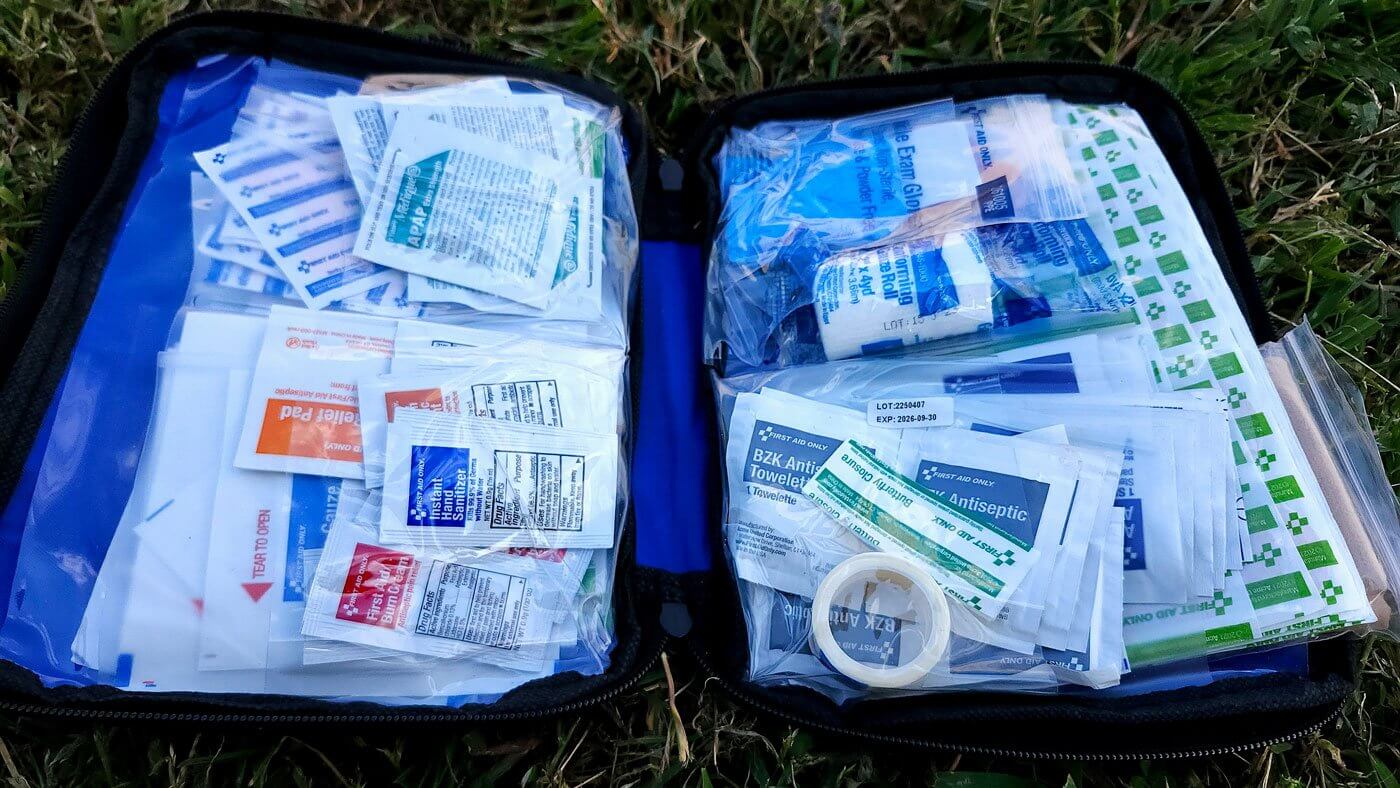
2. Know How to Use it
No matter what kind of gear you have in your hunting first aid kit, it’s useless if you don’t know how to use it. Taking a basic first aid, wilderness medical course, or doing some reading online is one of the best things a hunter can do. Pay close attention to:
- CPR (I recommend you take a course)
- Bleeding control
- Stabilizing breaks, sprains, and strains
- Signs of hypothermia or heat stroke
There are classes offered year-round online and in person. It is highly useful to have skills in wilderness first aid. These skills can be beneficial when hunting, fishing, or hiking.
3. Be Ready for Common Injuries
Hunters are prone to certain injuries. Be ready for:
- Sprains and Fractures: Use elastic bandages or SAM splints.
- Cuts: Clean and dress as soon as possible.
- Tick Bites: Remove carefully and monitor for symptoms of Lyme or other tick-borne diseases.,
- Blisters: Use moleskin, put on dry socks when possible.
- Hypothermia and Heat Exhaustion: Watch for signs and symptoms.
Knowing how to identify and how to treat these common injuries can help tremendously in backcountry situations.
During the last deer season, I was processing a buck I had harvested to get ready to pack out. My knife slipped and the sharp blade sliced deep into my finger. I reacted quickly and was able to use some clean water in my pack to clean the cut. I then grabbed some gauze out of my pack and managed the bleeding. I was able to finish processing the deer and make it back to camp. This just goes to show how important training and the right gear are.
4. Make a Plan
Simple planning goes a long way:
- Share your plan: Tell someone where you’re going and when you’ll return.
- Check the weather: Dress for what’s expected, but be prepared for anything.
- Bring backups: Extra food, water, and a fire-starting kit are essential.
- Navigation tools: onX is great, but consider bringing a Garmin or a paper map as a backup.
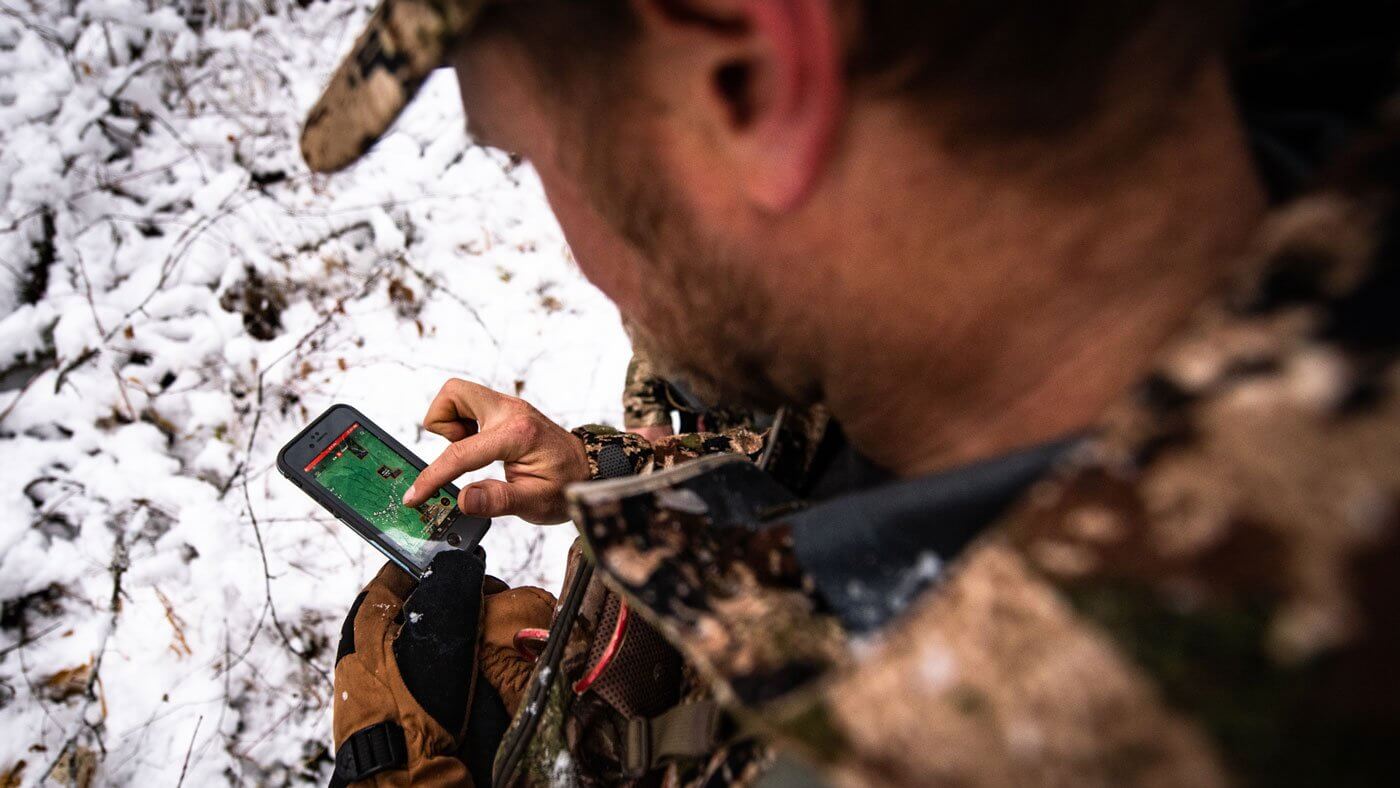
5. What to Pack
Every hunter should carry a pack, whether trekking untold miles or strolling 100 yards to a tree stand. What goes in this pack could make or break the hunt. Time and experiences will tailor everyone’s unique pack components. Here is a list of things that never leave my gear list:
- Fixed blade knife, folding knife, and multitool (All of these are necessary for me)
- Toilet paper
- Headlamp
- Poncho/tarp
- Blaze orange bandana
- Fire starter, lighter, and waterproof matches
- First aid kit
- Field dressing kit
- Water filter
- Packable puffy jacket
- Spare gloves
- Whistle
- Compass
Your pack will look different than mine, but in my time hunting, these are items that I have found are non-negotiable.
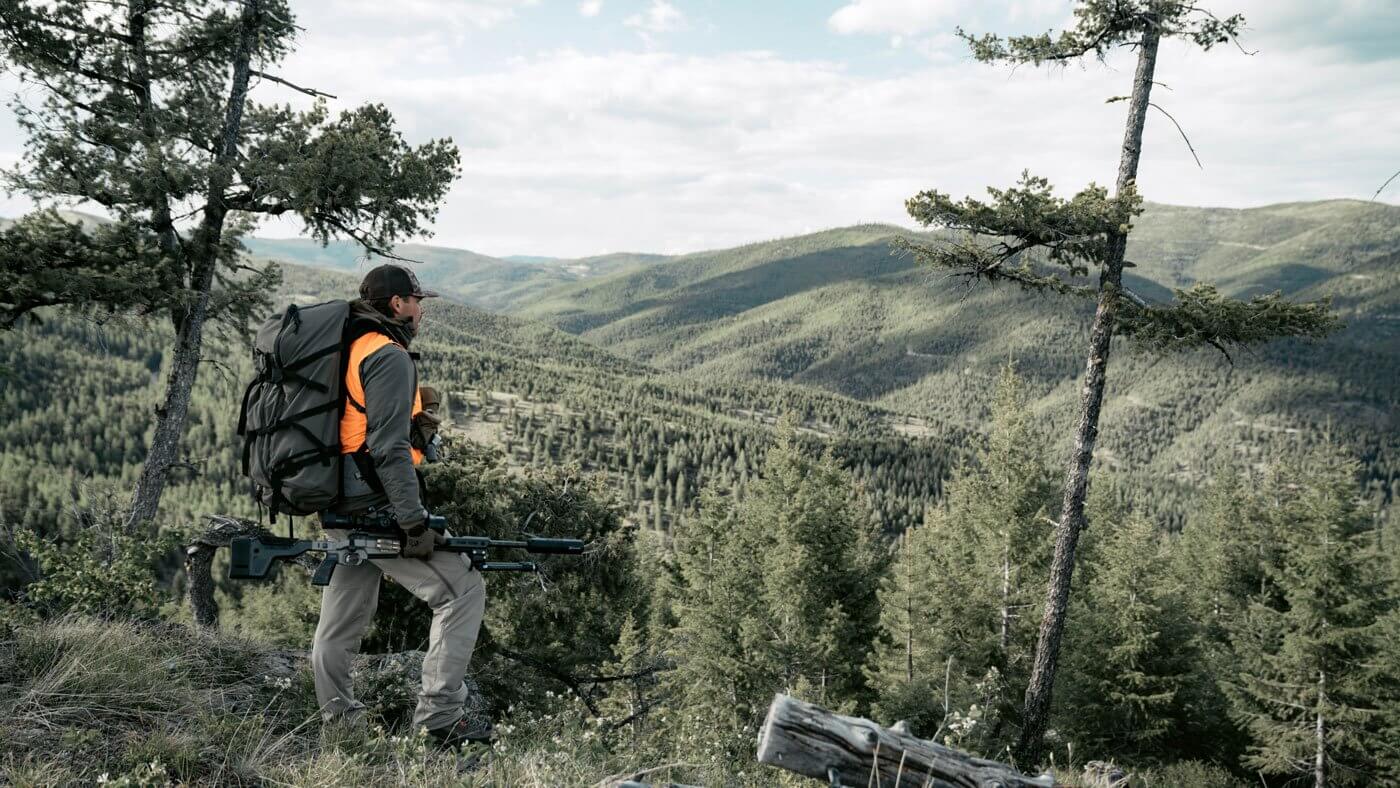
6. Basic Survival
In the unlikely situation you get lost or stranded, stay calm and focus on:
- Staying put: Unless you’re sure of the way, it’s safest to wait for help.
- Water: Purify water. I carry a water filter in my pack.
- Fire: Waterproof matches and fire starters are a must-have.
- Signal: Carry a whistle, mirror, or something to gain attention.
- Shelter: Use the tools you have (tarp, jacket, etc.) to protect yourself from the elements.
Pairing good gear with solid knowledge helps keep you in control.
7. Firearm Safety
With every Savage rifle comes a responsibility to handle it safely. These points are all talked about extensively in every hunter safety course, but keep in mind:
- Always point the muzzle in a safe direction.
- Treat every gun as if it’s loaded.
- Know what’s behind your target.
- Keep your finger off the trigger until you’re ready to shoot.
- Use ear and eye protection
- Unload and secure firearms when not in use.
Proper firearm handling is the single most important aspect of hunting safety. It can save lives and help preserve the image of hunters.
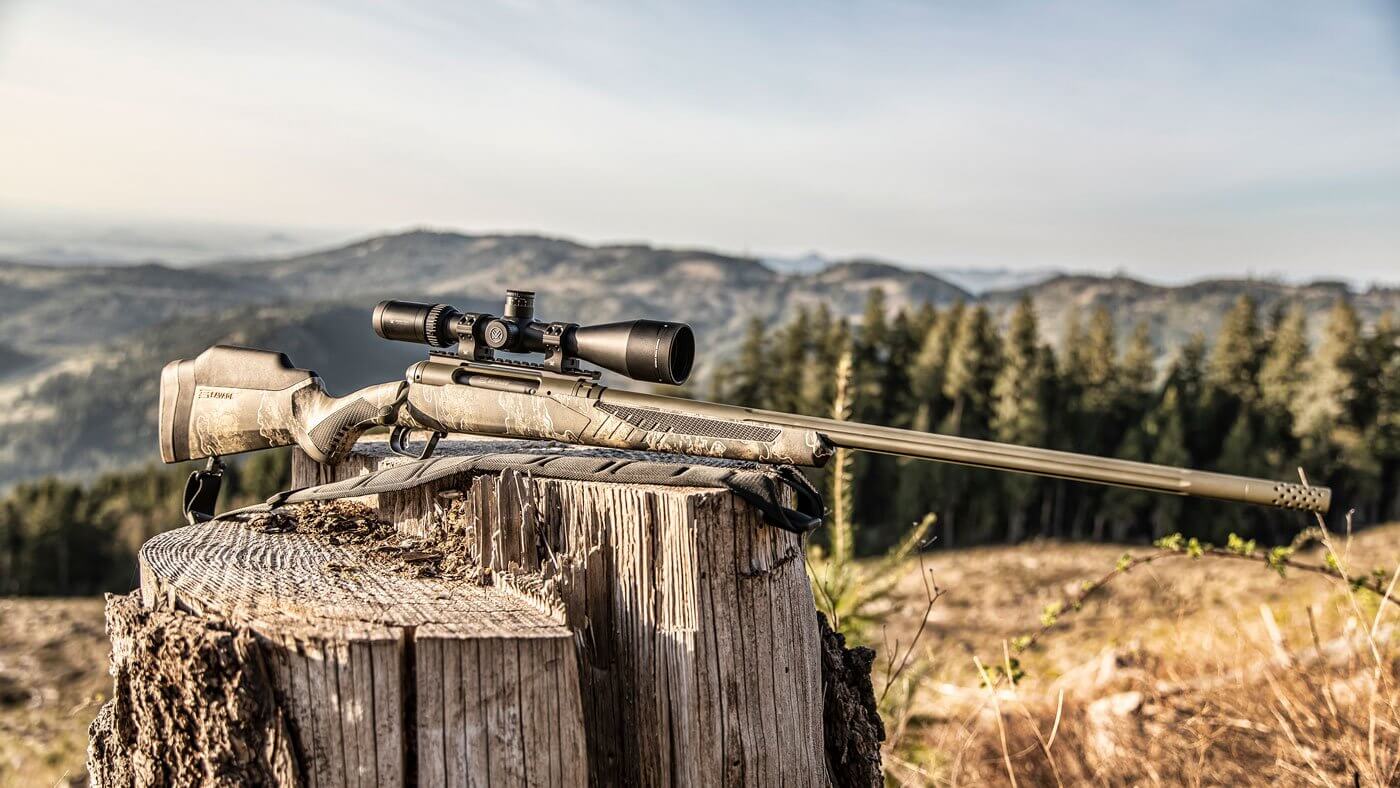
8. If an Accident Happens
Even with the best preparation, accidents happen. You could slip on a steep slope, cut yourself while dressing an animal, or see these things happen to a buddy. Always stay calm, assess the situation, and determine how to treat the injury while keeping in mind your safety and any hunting partner's safety. Take these steps when a situation arises:
- Assess the scene for safety.
- Figure out what the injury is and how severe it is. Can the injured person walk out? Or is this a more serious situation?
- Treat the injury with knowledge from your training.
- Call for help if needed.
- Evacuate, if possible; if not, stay put and wait for help.
Sometimes help is minutes away, sometimes it’s hours. That’s why it's important to pack smart and carry tools that work, just like your Savage rifle in the field.
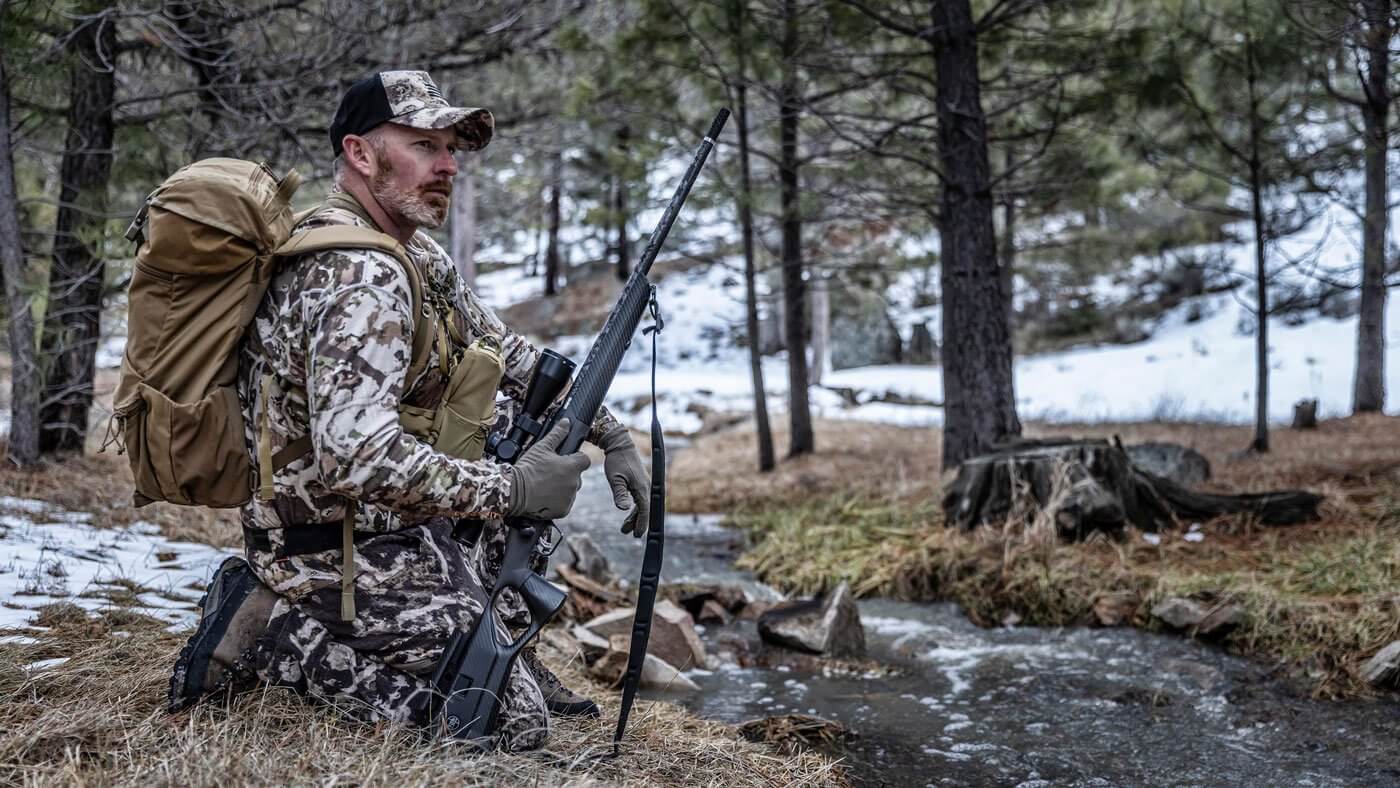
Every hunting trip is an adventure that brings new experiences. It demands a respect for wildlife, the land, and the unpredictable. Carrying a Savage Arms rifle means you’re already committed to precision and responsibility.
So, pack your gear, prepare for the land, keep your skills sharp, and be prepared for any situation.
Hunt smart and always carry the tools and knowledge to make the best of any scenario.

